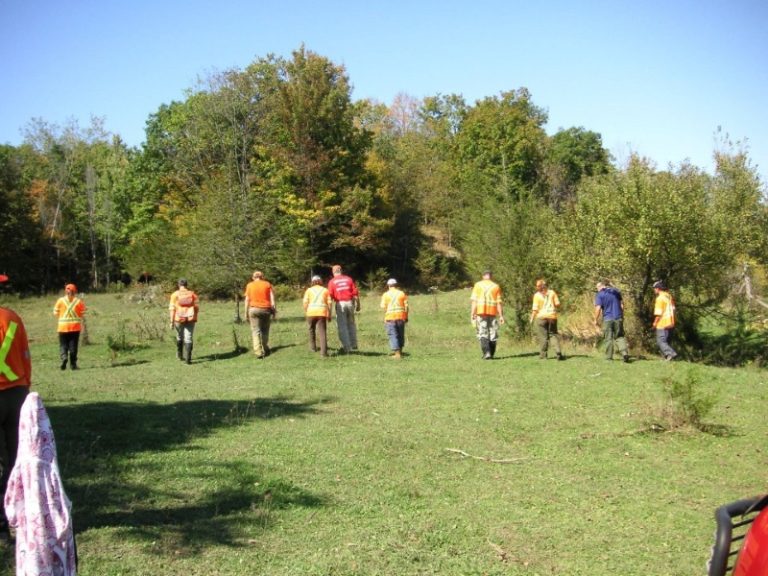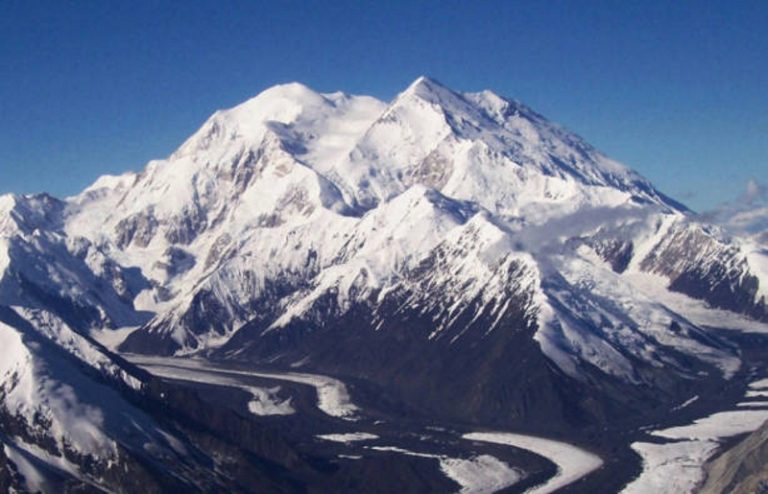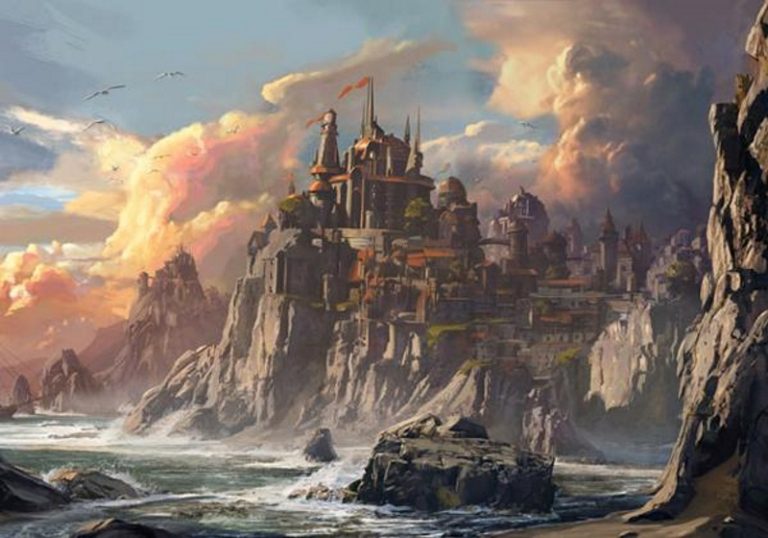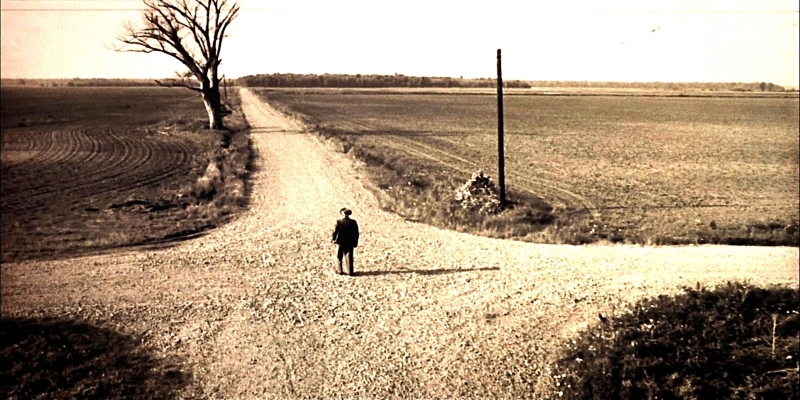Dr. Primeval Awareness or: How I Learned to Stop Worrying and Love the Fey

“Beginning at 3rd level, you can use your action and expend one ranger spell slot to focus your awareness on the region around you. For 1 minute per level of the spell slot you expend, you can sense whether the following types of creatures are present within 1 mile of you (or within up to 6 miles if you are in your favored terrain): aberrations, celestials, dragons, elementals, fey, fiends, and undead. This feature doesn’t reveal the creatures’ location or number.”
-Description for Primeval Awareness, 3rd Level Ranger Class Feature
Dungeon & Dragons 5th Edition Player’s Handbook, page 92.
I’ve been doing a lot of work on the ranger class for Dungeons & Dragons 5th edition over at my personal blog. I don’t like to cross the streams between a respected site such as this and my own nonsense, because I use super professional phrases there like “pile of stinky butts.” In my analysis I spent a lot of time discussing the 3rd level ranger class feature Primeval Awareness. In doing research on the feature, I encountered a lot of people that considered the feature to be something of a diamond in the rough. There is a lot of commentary regarding cool ways to use the feature, but people seem to be forgetting a couple of things. First, it doesn’t reveal location or number. Second, it lasts for one minute per level of the spell slot you expend, a total of 46 minutes per day if you expended every spell slot you possessed at 19th or 20th level. Third, people have a distorted view of distance. Finally, when you are in a favored terrain, your search area increases, rather than decreases. When you take all of these into account, it’s clear that this feature is not a diamond in the rough. It’s half-melted plastic wrap littering the ground.
How big is this area, really?
The modern perspective of the size of a mile is pretty distorted. It’s not a surprise, high speed travel does that. People think of travel in terms of time rather than distance. How far is it? About fifteen minutes away! That’s all well and good with motorized travel, but walking is a different story. The average person walks at a speed of three miles per hour. This is just walking, not actively searching. What’s D&D speed like, though? Well, you can find a handy chart on page 182 of the Player’s Handbook. It supports this speed, saying 4 miles per hour is a fast past, 3 miles per hour is a normal pace, and 2 miles per hour is a slow pace allowing for additional actions. This is, of course, a more or less line of travel. You have no clue where to begin searching, as you have no other information other than “Yes/No” about the area.
The text reads “within one mile of you”, which reads as you as the center point, and a mile from you in any direction. Just considering the XY-axis, this makes a square with a length and height of 2 miles or 12 miles. This means the search area for the feature is really 4 square miles or 144 square miles. So how big is 144 square miles? It is larger than the areas considered Atlanta, Detroit, Dublin, Glasgow, or Las Vegas. Even a 4 square mile area is edging up on being big enough to be considered a survey township, which isn’t actually small. This is really a tremendous area. Just by looking at that, it’s pretty obvious to say that searching a 4 square mile area would be much easier than searching a 144 square mile area. That’s what you get for having a favored terrain! More favored, more problems.
Searching for an answer
All right, I know what you are thinking. NERD! That’s fair. You are also probably thinking this is great, but what does it mean in terms of time. There are a lot of ways to perform a detailed search, with varying degrees of success. What I am about to discuss is taken from available FEMA search-and-rescue information. It’s not the only source on the matter, but I feel like it’s a pretty reasonable basis of information. If you don’t trust the government and feel like fluoride is a plan for the theft of your vital bodily fluids, then you might not trust this. Anyway, there are a couple of typical types of searches to check an area out. Many of them require an in-depth knowledge of either the subject or the search area. Knowing the search area is more likely in this scenario, but it’s definitely possible the players could have a relationship with a specific creature they believe is being identified. I don’t think this comes up too often when you are out adventuring, but I could be totally wrong. An important thing to remember here is that these times are for trained people knowledgeable in tracking, and in discovering and following clues.
The appropriately named “bastard search” is just checking out places the subject typically frequents. This could certainly be the case if the players have detected a being they already know something about. Perhaps they approach a fey’s winter home and use the ability to see if she might be in the area. Let’s be real, though. This isn’t really a frequent scenario. I am not saying it wouldn’t ever occur. Your game might be the type of game where this is likely. This is my purse. I don’t know you.
The “containment search” is literally just defining a likely perimeter and waiting to spot the subject when they cross the lookout line. This generally requires knowing the “point last seen” for the subject, which obviously isn’t really the case here. It certainly could be the case, but I feel safe stating this is not the majority of uses. The travel speed of the subject is generally determined, and the containment area is established based on that information. You set people in the areas that the subject is likely to cross, and hopefully they will be spotted. Focused boredom is an issue here. This also requires a fair number of people. It isn’t easily done by the average adventuring party, even if everything else about this search type lines up.
The third type of common search is the “hasty search.” Ah, now that sounds like something PCs would do! A hasty search requires knowledge of the area, as it revolves around checking the most obvious places where the subject would be located. For the fey, it might be a big ol’ honkin’ stone circle. If it’s a dragon, a cave is probably a good bet. It comes down to moving quickly and attempting to spend time searching in only the most obvious of locations. This sort of work is generally done in pairs, and these teams are 10-12 people, or twice what the average party is usually. Even then, with a very trained team, the likelihood of finding the subject is only 30-40%, probably much lower with only half the people. Fast is also relative. This still takes a pretty long time, all considered. You’re looking at a speed around 2 miles per hour if you know the area, sprint over open fields, and only do detailed searches in the most obvious location. It’s fairly generous to say a square mile would be covered sufficiently in six hours, and that puts a 4 square mile area taking 24 hours, and 144 square miles at 864 hours. You know, nothing time consuming, or anything.
The final search type is what you see depicted in shows and movies. “The grid search” is people sweeping across an area in a big line with only a short distance between them, making several passes back and forth. It takes a full search team, around 70 people, 3.5 hours to search one square mile. Breaking that down to a team of six is around 41 hours for a square mile, 164 hours for four square miles, and 5,904 hours for 144 square miles. This search is the most detailed, and you will almost certainly find every single clue there is to find by performing this method, so there is a big benefit to doing it. Of course, this is pretty much a luxury almost no adventuring party can afford.
Wait for it
All of the above ignores anything like skill rolls, target DC, GM fiat, and so forth. As mentioned previously, this is a completely real world searching summary involving trained search professionals. I am really not attempting to dictate how to search, what searching looks like in any specific game, or anything else. It also shows why searches in the real world often don’t have a lot of success. It’s just so much time and a much bigger area than you would really think it is. Unfortunately, the news gets worse for the fantasy world. This info is totally just for a ground-level search. Supernatural creatures sometimes fly around and live underground. This changes things. A lot. It’s grim, man.
It’s time for some more distance distortion! Mt. Everest is 3.25 miles from base to summit. Denali is 3.6 miles from base to summit. A common cruising altitude for airplanes is 30,000 ft., or 5.68 miles. The tallest building as of this writing, the Burj Khalifa, is around half a mile tall. The deepest cave in the world, Krubera Cave, has been explored down to 7,147 ft., 1.35 miles, and is the only cave in the world known to be deeper than 2000m (~6,560 ft.).
Life in the Realms
Imagine you are in Forgotten Realms for a second. You are in a favored terrain, you are going to be detecting goddamn everything. In fact, this brings up a weird question: if I am in a favored terrain, does my increased detection extend into terrains that are not favored? Well, according to the Forgotten Realms wiki the Upper Dark is up to 3 miles down, while Drow society and such exists in the Middle Dark, which is from 3 to 10 miles down. What I am saying is, if you are in some areas you would definitely catch the Underdark, and big portions of it. The Underdark has all manner of devils, demons, and evil fey. This doesn’t even account for stuff like flying citadels, airships, and dragon knights, or magic-users casting conjures, communes, summoning ghosts, steeds, and so on. Then it gets even crazier.
Oh, the cylinder. It would have to be a cylinder of search area. A sphere would lose people in height as you went out to the edges. Someone jumping at the edge would get lost. That just doesn’t seem right, you know? Remember that 4 square mile area from before? It turns into 6.28 cubic miles! Yeah, we’re at cubic miles now. The 144 square mile area becomes a whopping 1,357 cubic miles. Oh jeez. This is straight up donk. How would that really be handy if you were trying to track that down with absolutely no guidance? It’s just not going to happen.
What’s the deal?
Part of it is probably just people not really grasping distance scale. When things are that big, people have trouble contextualizing it, especially in a technologically advanced society. For example, the ranger’s area for Primeval Awareness within a favored terrain? Just slightly smaller than a neutron star. For real. Just imagine telling your party, “Don’t worry everyone, we just have to search this entire neutron star to find the fey!” It all of a sudden sounds a lot bigger, even though it’s close to the same. Humans have a really, really hard time with scale. It’s one of our many flaws.
People finding use in this feature are doing so because it is being house-ruled and your GM is invested in you having a good time. The next time you see your GM, give him or her a big hug, spring for food, or buy a drink of choice. Any use out of this feature is directly opposing the existing writing of the rules. I don’t really know what they were going for with this feature, probably a way to trigger tracking more often and paint the ranger as a guardian of the natural world, but it really misses the mark.








